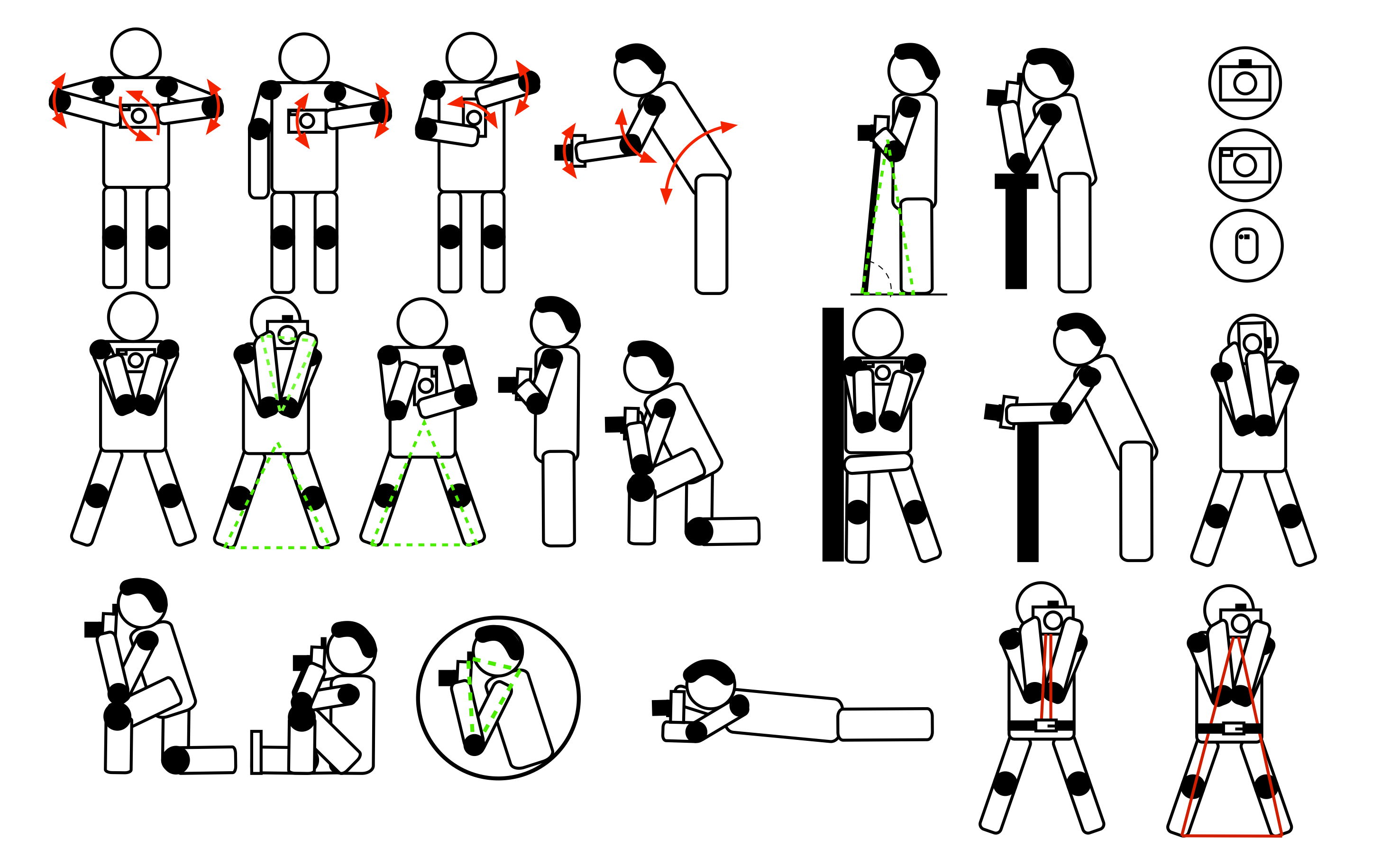Shutter speed is the most obvious contributing factor to exposure. Alongside aperture and ISO, it has the biggest effect on your photos.
Your images will be blurred if you don’t know how to use the correct shutter speed. Understanding shutter speed helps you improve your images and even produce more creative shots.
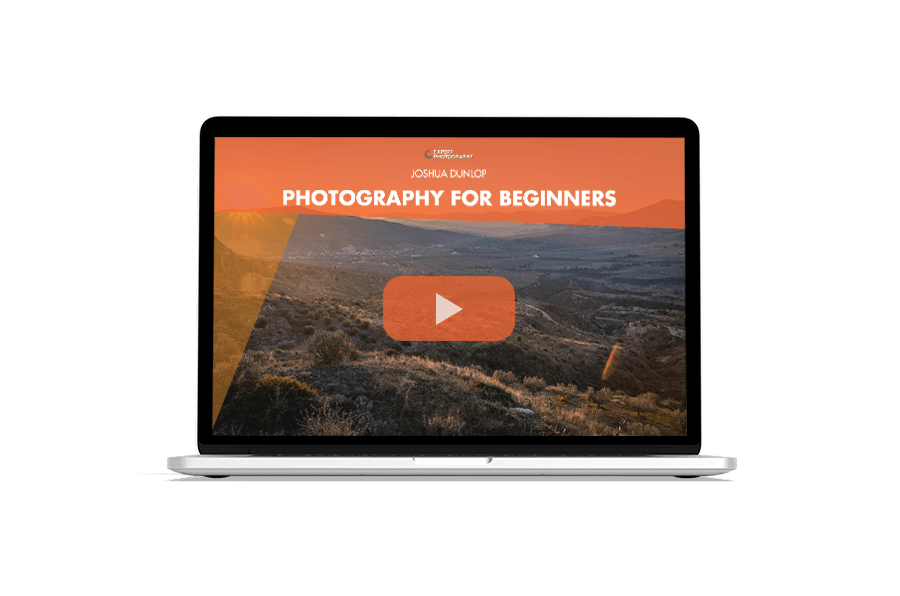
Shutter speed is the exact time of exposure—the time your camera records an image. In all cameras, a shutter mechanism determines how long light hits the sensor.
When we take an image, the shutter opens for a given time, which is called the shutter speed. The longer it’s open, the more light hits the sensor, resulting in a brighter image.
Depending on the shutter speed, you encounter freezing or blurring moving elements in your shot. So, it is crucial to understand how it works.
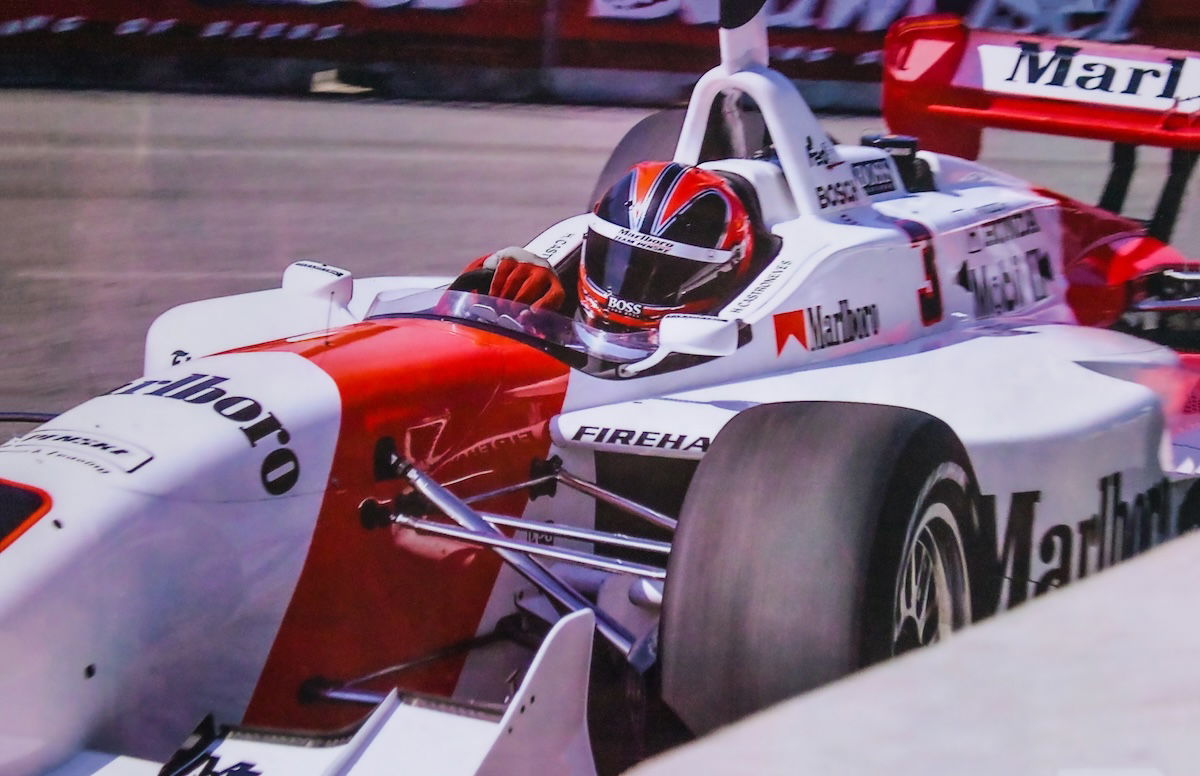
What we most commonly associate with shutter speed is camera shake. The longer the shutter is open, the bigger the chance your hands’ vibration will cause a visible blur in the shot.
Generally, it’s best to have at least a shutter speed that equals the value of your lens’ focal length to avoid camera shake. For example, a 300mm lens (without image stabilization) needs a minimum of 1/300 s (seconds). Similarly, a 50mm lens needs anything from 1/50 s or faster.
You need to understand that these are effective values. If you’re using a camera that doesn’t have a full-frame sensor (smaller or larger), you must consider its crop factor.
A 50mm lens on a 1.5x crop camera (APS-C), like a Canon EOS R7, provides a field of view of a 75mm lens (50 x 1.5). So, you’re better off using a shutter speed faster than 1/80 s.
Using a shutter speed only slightly faster than recommended might result in some blur in your image. Your hands might be shakier than the average. The only way to know this is by experimenting.
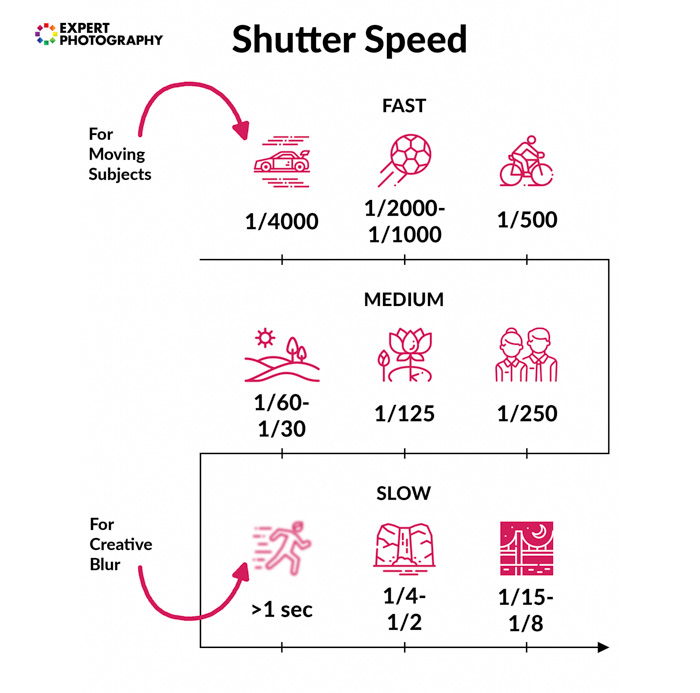
Anything slower than this recommended value most likely needs a tripod. Image stabilization can also be a solution. Most telephoto lenses have it built-in. It’s also increasingly widespread in standard and wide-angle lenses, especially zooms.
You often want to take your photo at a comfortably short speed, such as 1/500 s for a standard lens. A fast shutter also helps freeze the movement of your subject.
Remember that this amount largely depends on the speed of your subject and how close you are to it. In most situations, slow shutter speed results in blurred images.
Like ISO and aperture in photography, we use stops to indicate changes in shutter speed. But it’s a lot easier to wrap your head around than in the case of f-stops regarding aperture.
One stop up in shutter speed (e.g., from 1/100 to 1/50 s) doubles the amount of light, and a step down (e.g., from 1/50 to 1/100 s) halves the light.
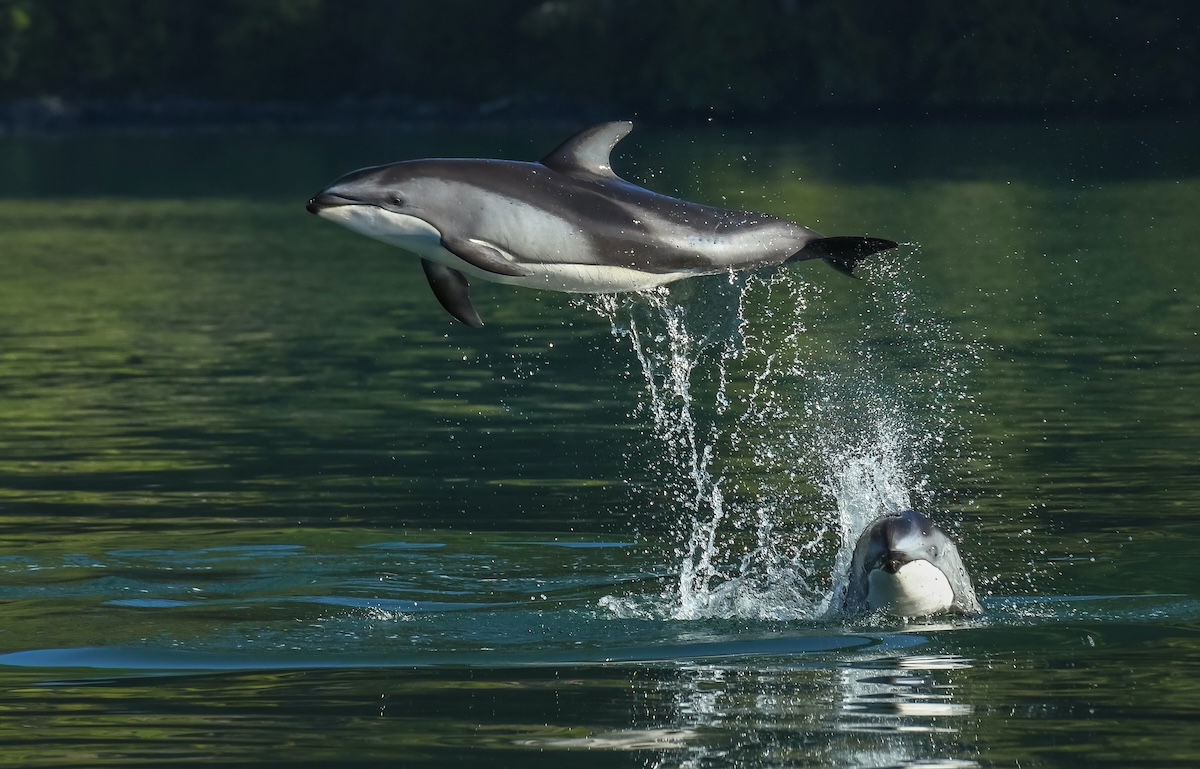
Freezing your subject requires a fast shutter speed. There’s no motion blur when you take a photo at a fast shutter speed (usually 1/500 s and above). It doesn’t suit all shots, as images taken at these speeds tend to appear flat.
The faster the subject moves relative, the faster the shutter speed you need. For example, a fighter jet up close will need a 1/2000 s shutter speed or higher. A person riding a bike might only need 1/500 s.
I like to include a small amount of motion when shooting a fast-moving object. Otherwise, it may as well have been sitting still.
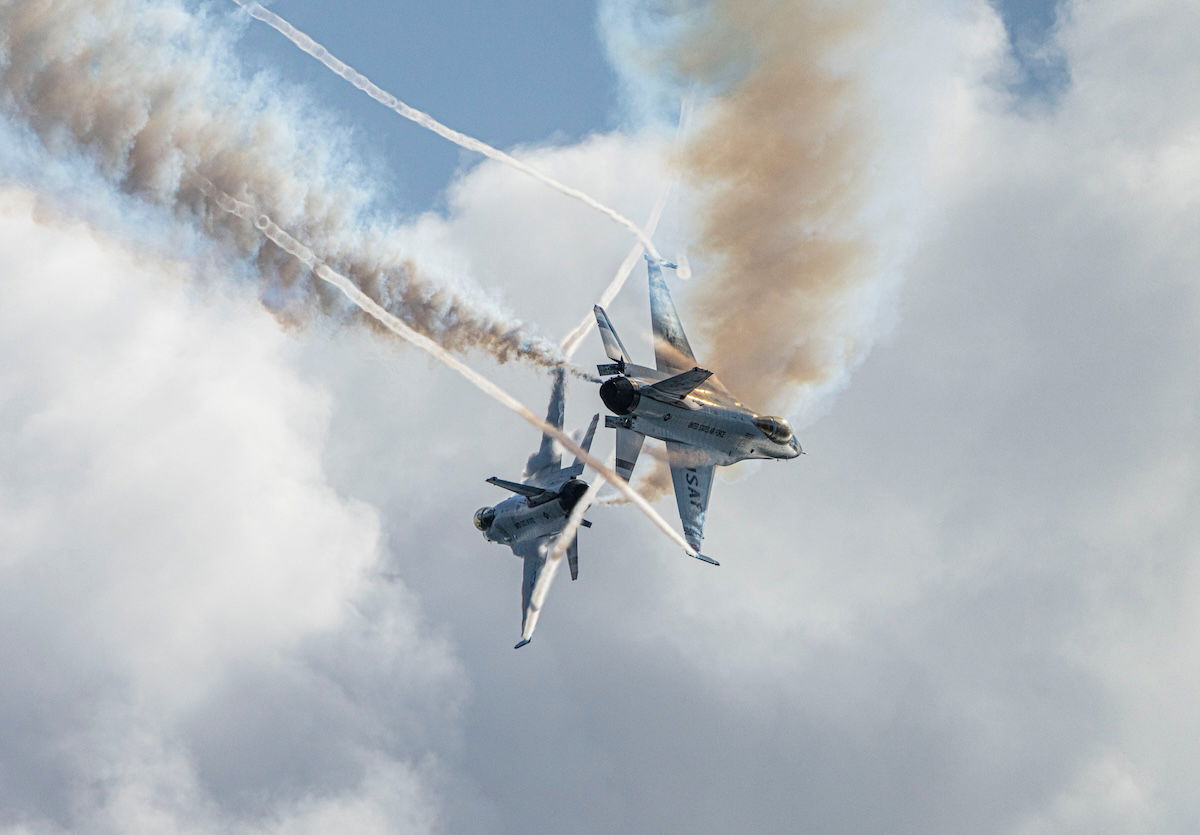
You will notice that there are third stops between these speeds on cameras. They’re there to allow precise adjustments but don’t make a fundamental difference. Hence, I’m only listing full stops.
Many of the speeds listed below depend on how close the subject is to you. Also, our guide does not consider exposure. Our post is purely about what you capture at these speeds.


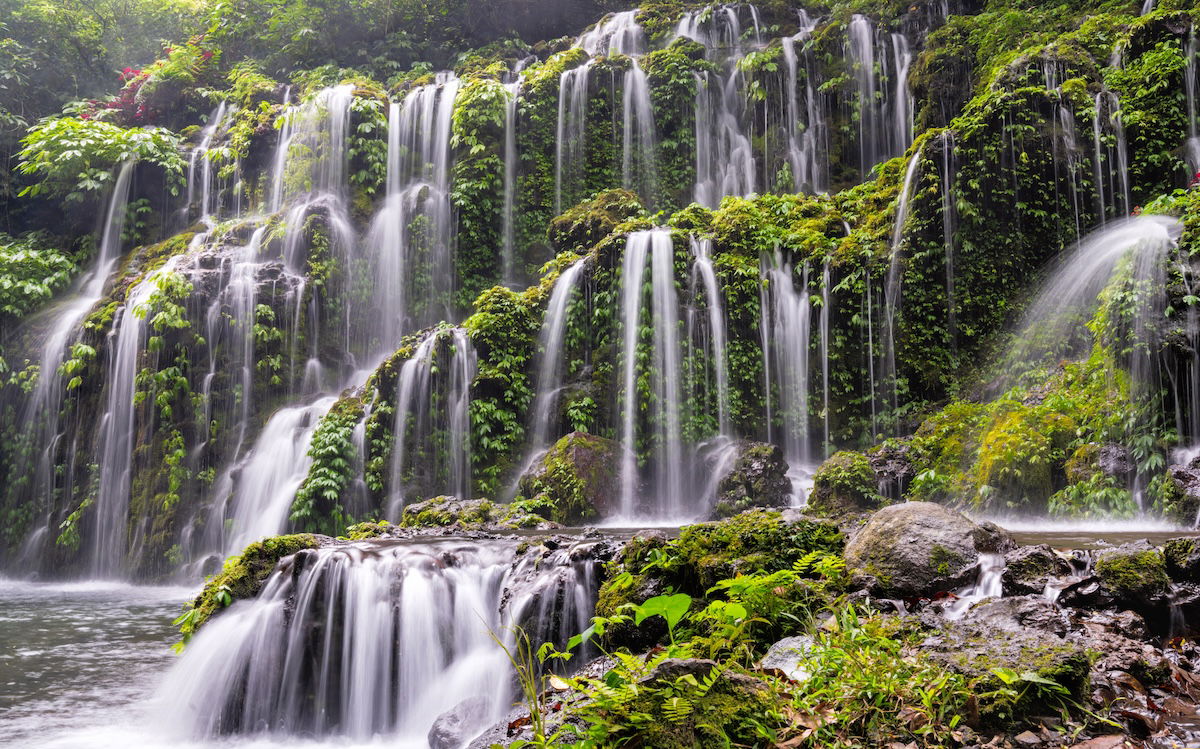
If you aim to add blur to your image, there are many ways to do so with the creative use of shutter speed.
To create a creative blur, you need a few accessories. It’s best to have a remote trigger and a tripod to hold the camera steady. You can then play around with the shutter speed settings.
This technique can create interesting images in which the blur is the main point of interest. Try a fairground carousel, Ferris wheel, or other park rides for practice.
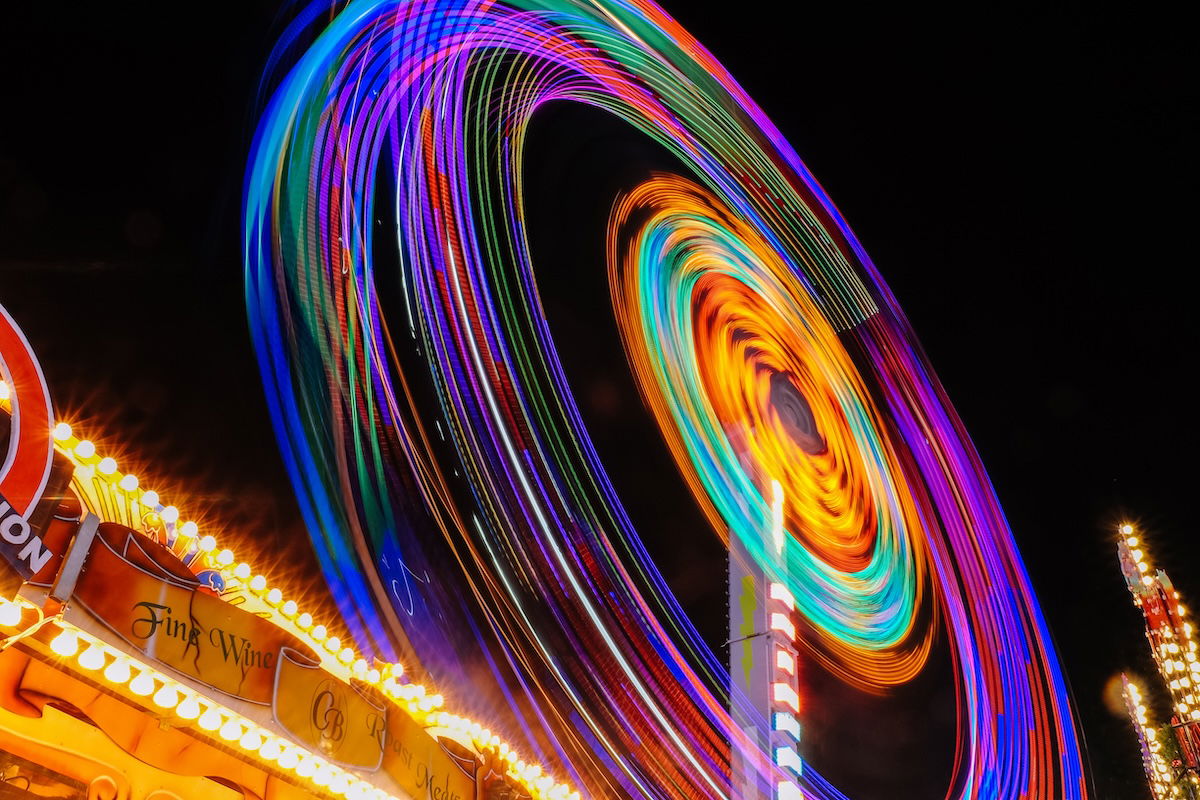
Panning is where you move your camera to follow a moving subject. It results in an image with a blurred background but a sharp subject.
This shot was taken from a sidewalk, panning the camera with a slow shutter speed. This technique makes the sense of movement obvious.

Controlling your shutter speed is a great way to show movement in a still scene. You can create strong motion linear blur by using a relatively slow shutter speed and panning the camera to follow a subject.
Telephoto lenses need a faster shutter speed to capture an image without blur. These lenses pick up and magnify even the slightest movement of the camera.
In contrast, a wide-angle lens needs a slower shutter speed as the image’s details are much smaller. You can create a blurred image more easily with a lens with a longer focal length.
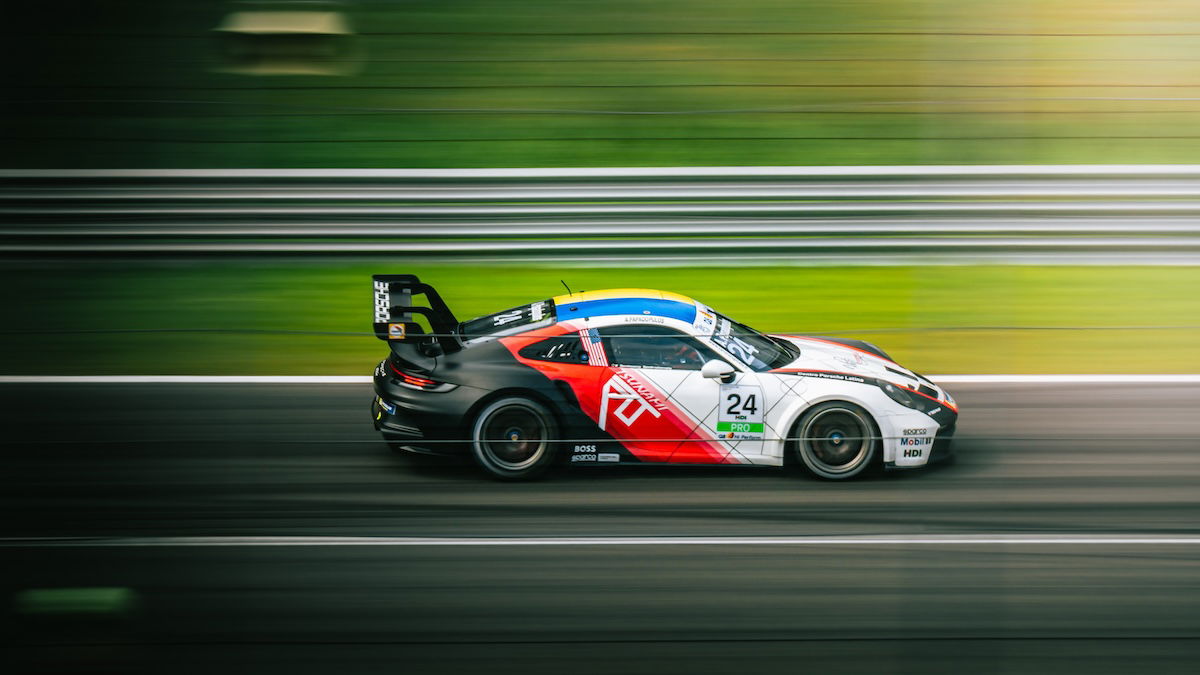
To set up your camera for panning, we recommend setting it to Shutter Priority mode (“Tv” in Canon or “S” in Nikon and Sony cameras). Aperture doesn’t matter here, so why not let your camera decide?
Set the shutter speed a few stops below the value recommended by the reciprocal rule we discussed. For a 200mm lens, 1/40 to 1/80 s is generally a good setting.
Then, set the drive mode to “fast continuous.” You’re unlikely to get a great shot if you only have one frame. So, it’s best to grab at least a burst of shots to have a bigger chance of capturing the right moment.
When shooting, follow your subject’s line of movement. The goal is to keep it steady in the frame and let everything else move.
Some telephoto lenses have complex image stabilization (IS) systems. Most IS lenses have two-axis stabilization. But this is a pain if you’re shooting action shots, like sports, because you are often panning the shot. If you have two-axis stabilization active, then the lens is fighting you.
Better lenses, like the Canon EF-70-200 f/2.8L, have a mode that only stabilizes up and down for these situations. So, if you’re shooting action or sports shots like soccer or motorsports, turn one-axis stabilization on if you have it.
If you switch on this mode, your lens will only stabilize on the vertical axis. It won’t compensate for movement on the horizontal axis, which makes panning much easier and more effective.

Adding flash to a photo with blur will freeze motion in the frame. Choose a longer shutter speed. Start with around 1/40 s, and experiment with different values later. Your flash will only light your subjects momentarily, creating a sharp outline.
In the remaining time of exposure, you can then move the camera around to capture the light and blur for artistic effect. This technique creates a ghosting effect.
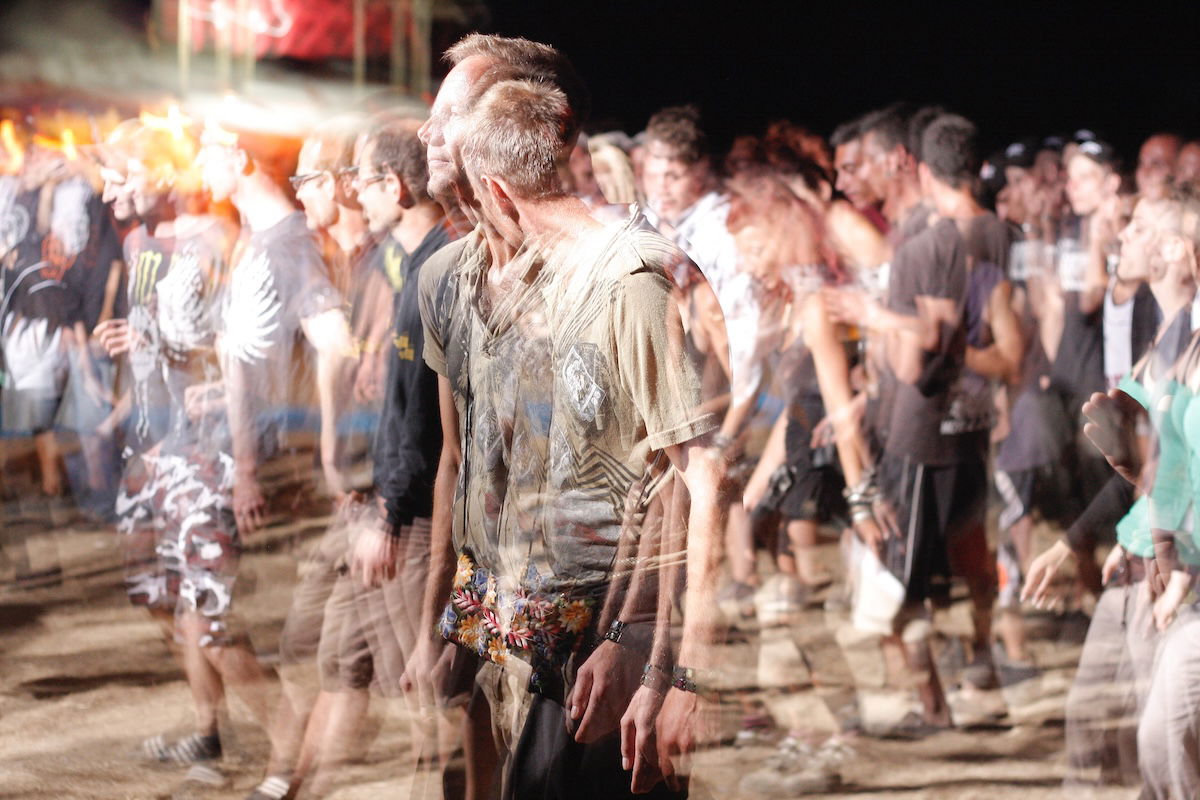
The photographer used a flash to expose the photo below. It filled in the light exactly where the photographer wanted it. It’s a great tip for improving the lighting of your portrait or night photography.
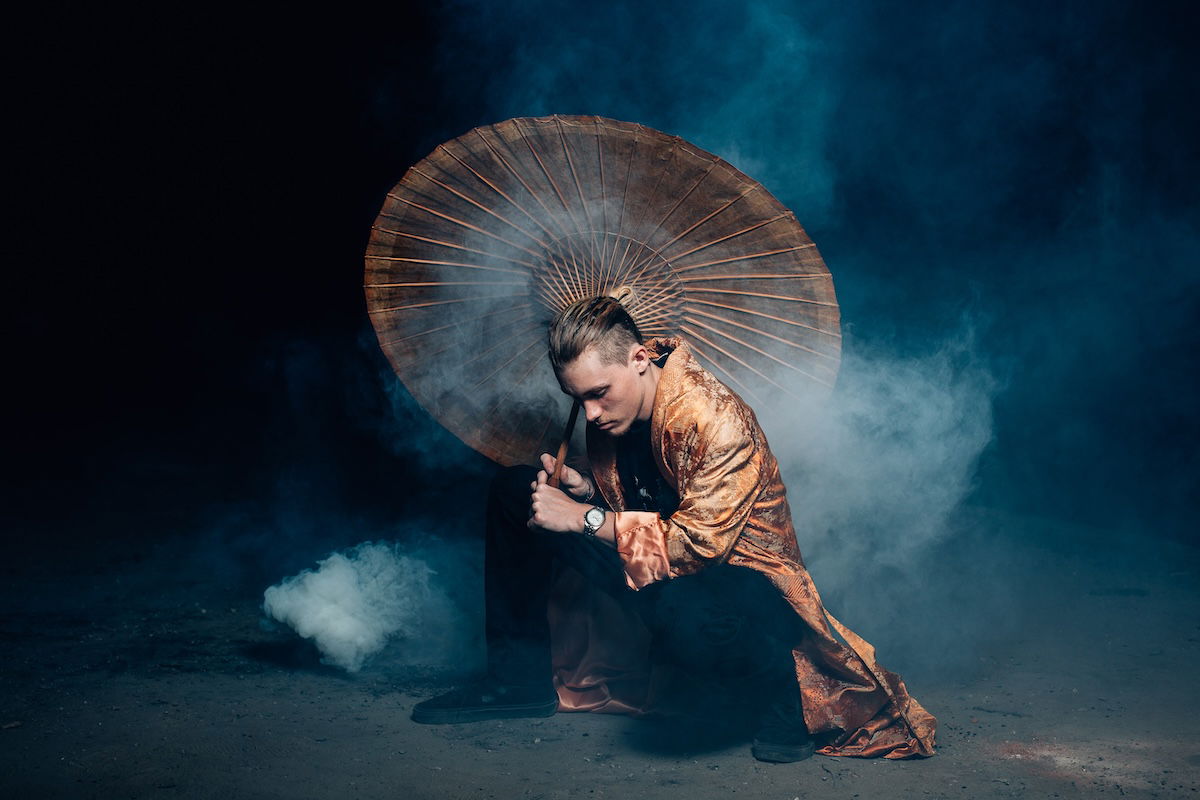
For light painting, all you need is a long exposure and a light source. The photographer took the photo below on a 20-second, slow shutter setting. It’s an example of steel wool photography.
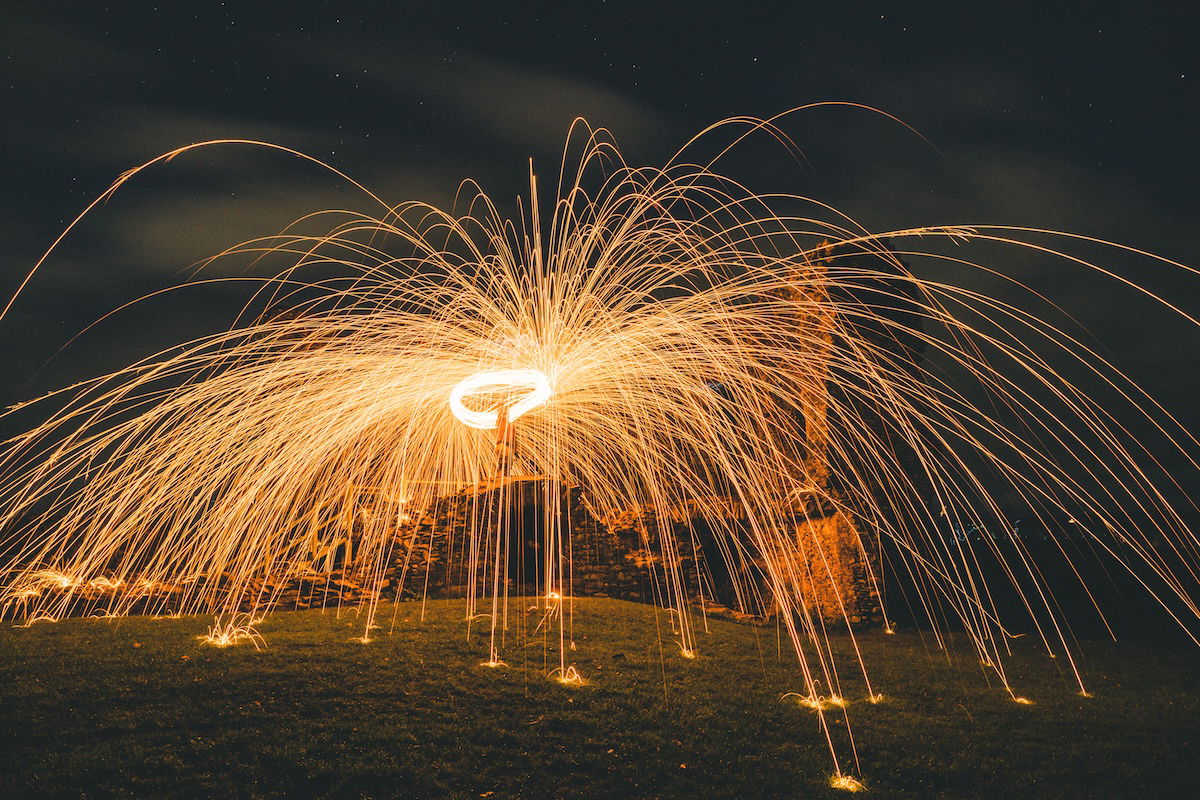
A long exposure coupled with a moving, constant light source allows you to add “graffiti” to an image.
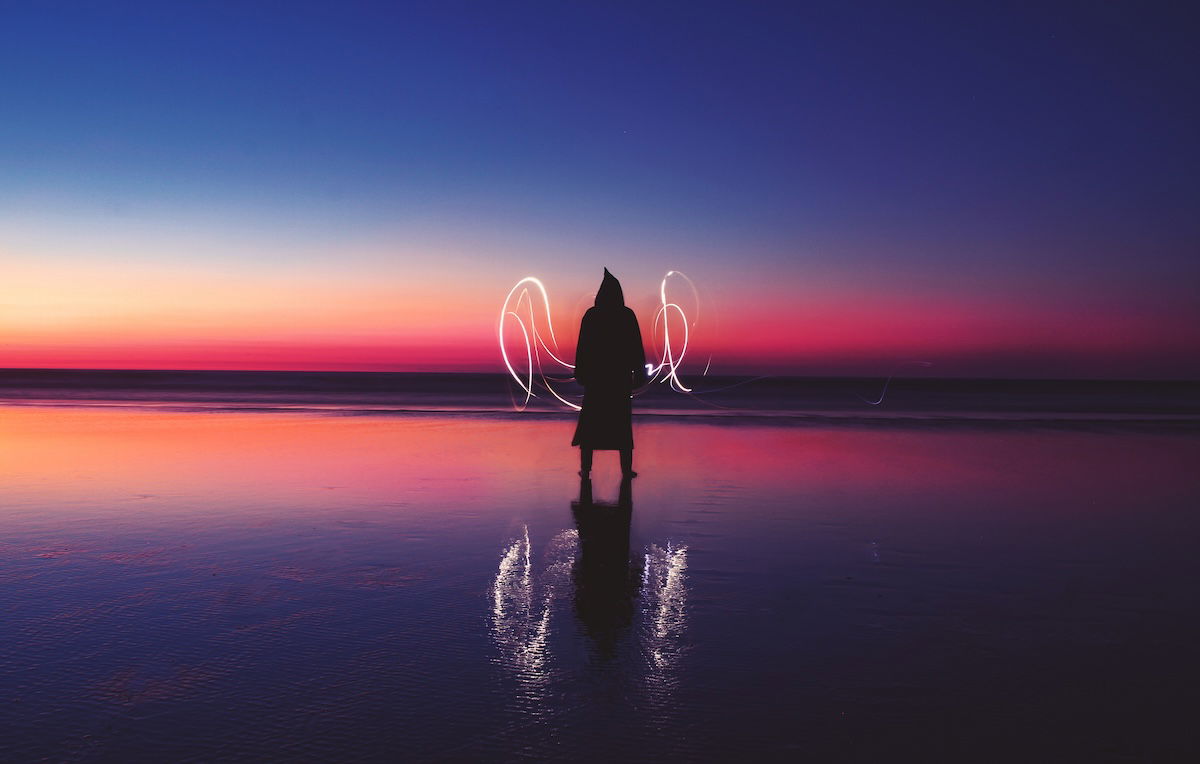
The longer the exposure is, the more light the shutter lets into the camera. This way, you can illuminate low-light situations using a slow shutter speed.
The photographer took the photo below at night, so they used a slower shutter speed than usual to gain an even exposure. Long-exposure photography is only possible with a tripod or somewhere flat to lay the camera.
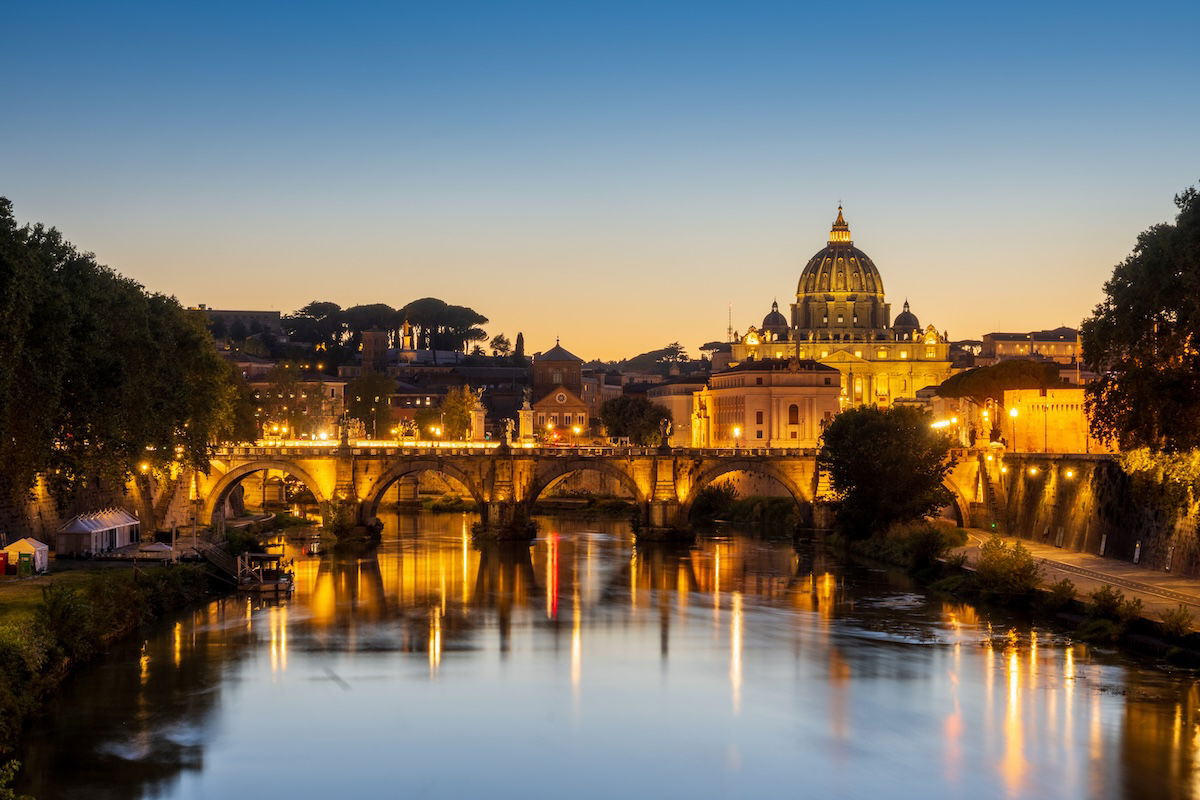
This next photo needed a long shutter speed for a different reason. The creator of this image had to wait for a passing car to come into the frame.
Timing can be very difficult because figuring out the exact settings can take some time. Only a specific shutter speed makes the blur precisely as long as you wish in the image.
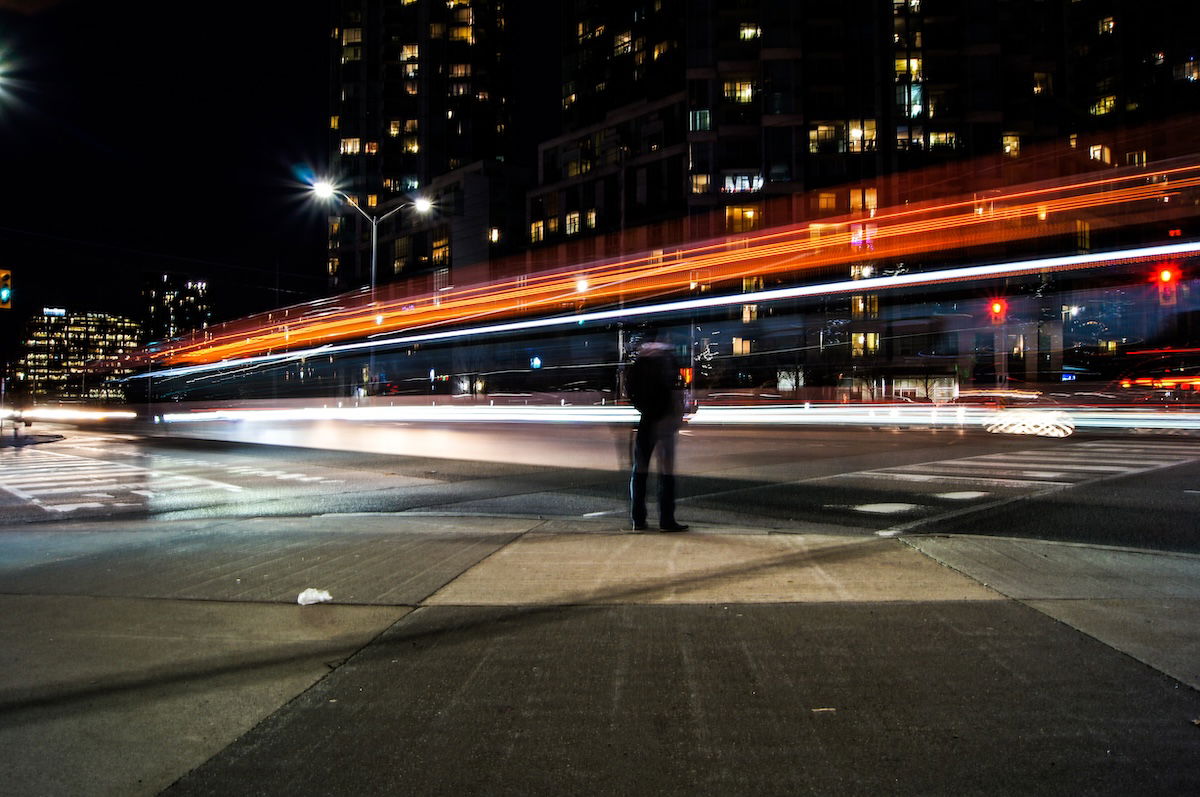
Choosing the right shutter speed is crucial when photographing moving subjects. It also plays a part in creative photography and lets you experiment with different lighting and motion blur methods.
At this point, you should be familiar with everything when it comes to setting your shutter speed. The next step is to start using this knowledge in your photography. Use Shutter Priority or Manual mode to experiment with different settings and learn what you like.
To get the best start in photography, try our course, Photography for Beginners!


